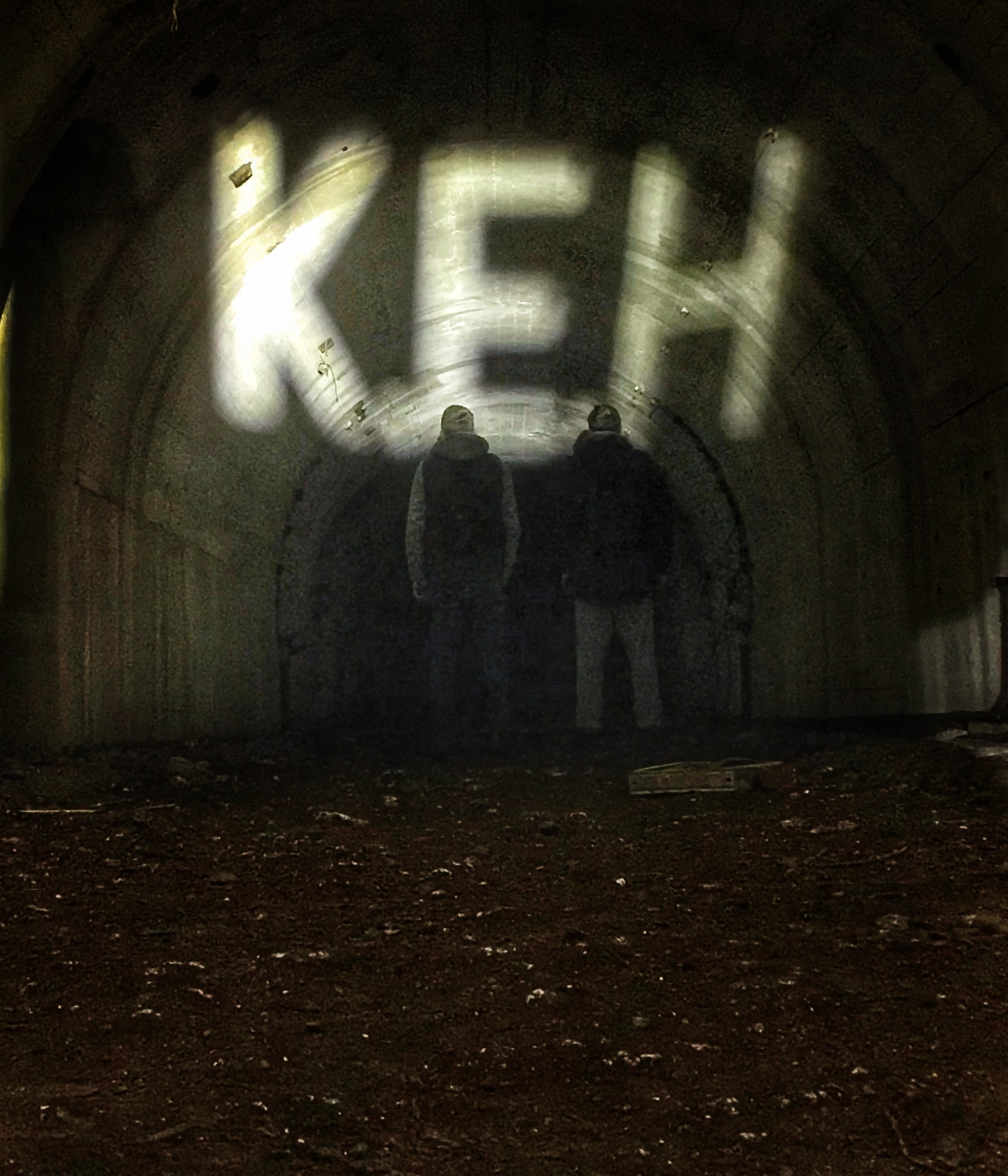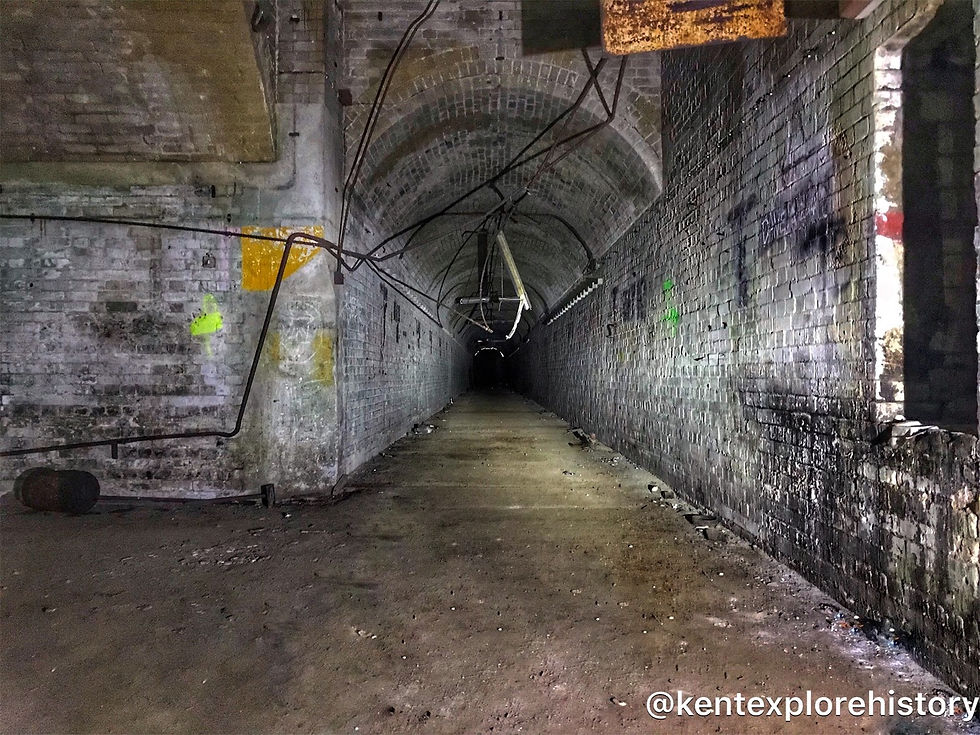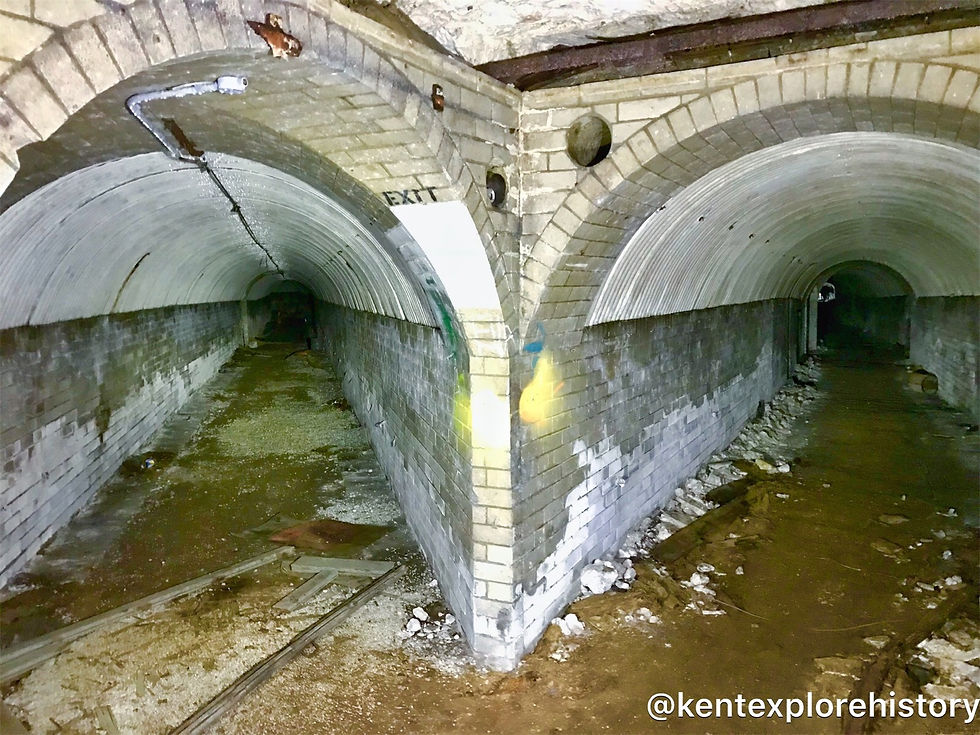Spitfire: Evolution of an Icon
- kentexplorehistory

- Feb 10, 2022
- 3 min read
Spitfire Mk Ia N3200
This Spitfire was flown by Squadron Leader Geoffrey Stephenson, commander of 19 Squadron. During its first and only operation on 26th May 1940 it was shot down while providing air cover for the Dunkirk Evacuations and belly landed on a beach near Calais. It was recovered in 1986.
Spitfire Mk Ia AR213
AR213 spent most of its service life with 57 OTU being flown by Flight Lieutenant James Harry 'Ginger' Lacey whilst he was an instructor with the unit, AR213 was his personal aircraft. The Spitfire also had a role in the 1969 film “Battle of Britain” and the 2017 film “Dunkirk” as R9632. She is currently painted as P7308 wearing XR-D representing 71 Eagle Squadron.
Spitfire Mk Vb BM597
Between 1942 and 1943 BM597 was flown by several different Polish pilots of 315 and 317 Squadrons. After the war she spent many years as a gate guardian at different airfields before being being sent to Pinewood where she was used as a master for the moulds that were made to cast the fibre glass replicas used in the 1969 film ‘Battle of Britain’.
Spitfire LF Mk Vb EP120
This Spitfire was flown by Canadian Squadron Leader Geoffrey Northcott of 501 Squadron between June and October 1943. Of the 7 confirmed kills this Spitfire has 6 of them were by Squadron Leader Northcott. It also had a role in the 1969 film ‘Battle of Britain’ as a static aircraft. Today it wears the colours of 402 Sqn ‘City of Winnipeg’ RCAF, coded AE-A, a squadron the Spitfire served with in 1944.
Spitfire Mk Vc JG891
JG891 was fitted with the universal C type wing enabling it to be armed with 4 cannon and carry bombs. It was one of 300 shipped to Australia and served with 79 Squadron of the Royal Australian Air Force between May 1943 and January 1944.
Spitfire Mk IXb MH434
Whilst being piloted by South African fighter ace Henry Lardner-Burke of 222 ‘Natal’ Squadron during bomber escort missions over Europe MH435 shot down at least 3 Fw 190’s and 1 Messerschmitt Br 109. After the Second World War MH434 remained in service and has flown continuously since, this included a role in the 1969 film ‘Battle of Britain’. She was most famously owned by Ray Hanna and has never been subject of a rebuild.
Spitfire Mk VIIIc MV194
This Spitfire was built in 1944 and never saw action. It was flown by Mary Ellis of the Air Transport Auxiliary (ATA). Mary Ellis was one of 166 pioneering female pilots who flew aircraft between factories, airfields and maintenance units. By the end of the war Mary Ellis has flown 76 different types of aircraft totalling 1000 aircraft ferried.
Spitfire Mk XIV MV268
MV268 was built in 1944 but kept in storage until 1945 by the RAF where it was then sent to India. Not much is known of its time in India. In 2000 MV268 was repainted in the colours of Johnnie Johnson who was the highest scoring RAF fighter pilot to survive the war, as a tribute to his last war service Spitfire.
Spitfire Mk XIVe RN201
RN201 was delivered to the Royal Belgian Air Force in 1948. Having spent time as a gate guardian in Belgium it return to the UK in 1990 for restoration.
Spitfire PR Mk XI PL983
PL983 was originally assigned to 4 Squadron before passing on to 2 Squadron in January 1945 and is known to have flown at least one high level photo reconnaissance mission over Germany in April 1945. In June 2001 while being flown by Martin Sargeant in Rouen, France it sadly met with a fatal accident, following the conclusion of the investigation of the accident investigation board it was purchased by Aircraft Restoration Company, Duxford and restored to flying condition. PL983 then became the ‘Thank U NHS’ Spitfire during the Covid19 pandemic.
Spitfire Mk TIX PV202
PV202 was originally built as a LF Mk IX. It served with 33 Squadron coded 5R-Q in France and Belgium from October 1944. The Spitfire was primarily involved in attacking German ground targets, including V-2 rocket launch sites. It is credited with downing 3 enemy aircraft, two Fw 190s and one BF109. At the end of the war PV202 was bought by the Irish Air Corps to train pilots for their Supermarine Seafire fleet and converted into a two seat trainer at Vickers-Armstrong Factory at Eastleigh.














































Comments